Australian Tropical Rainforest Plants - Online edition
Flindersia bourjotiana F.Muell.
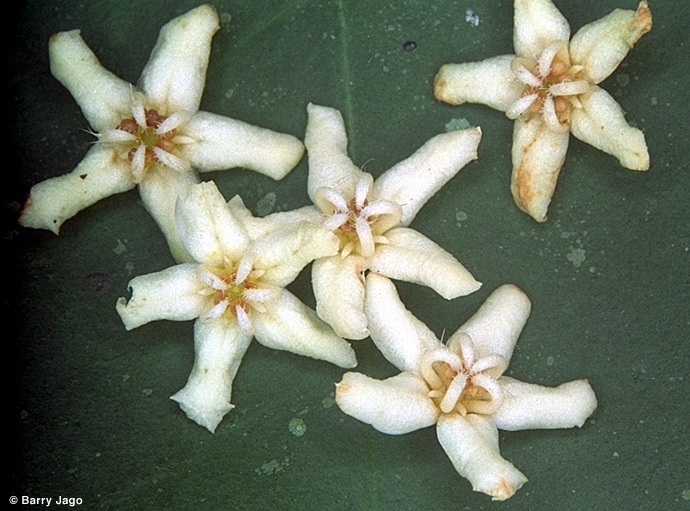
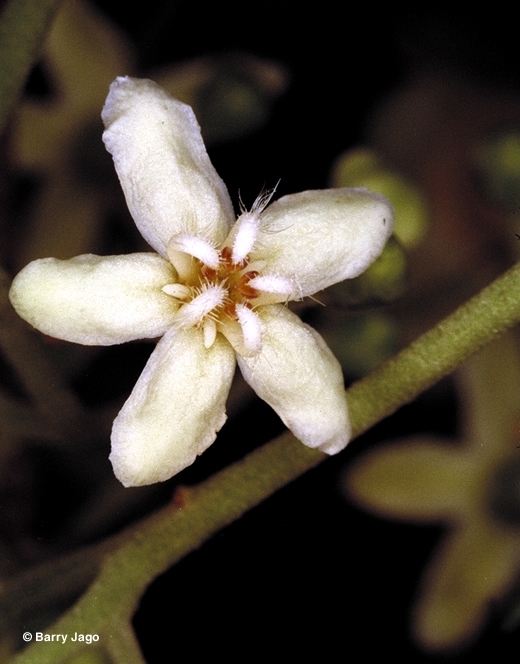


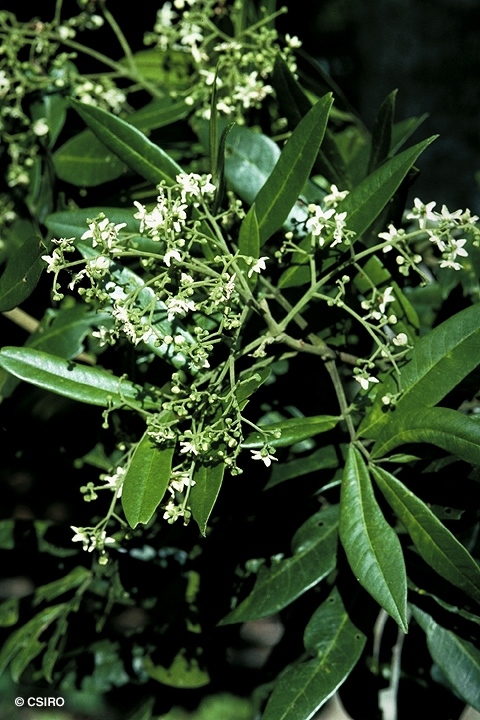


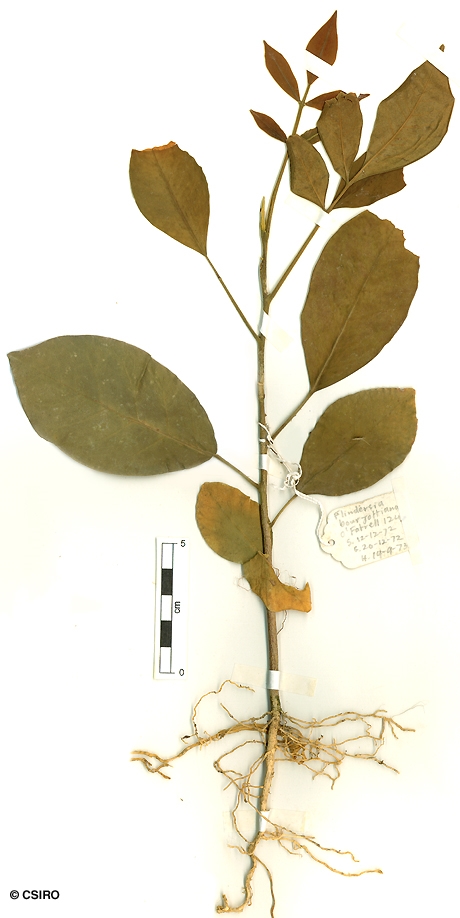
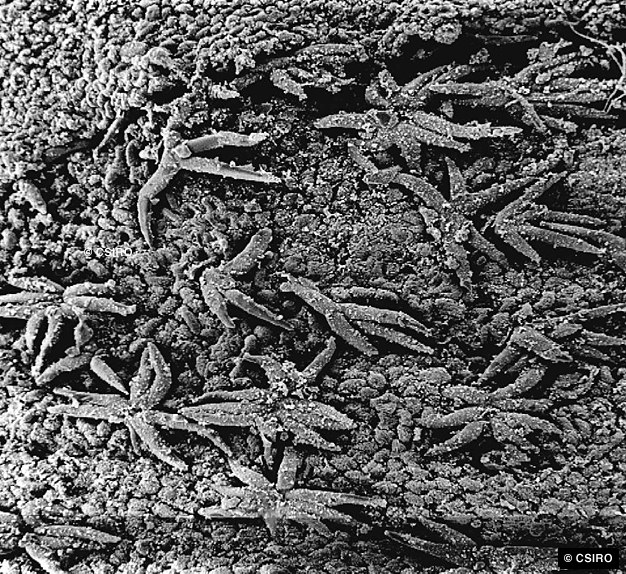
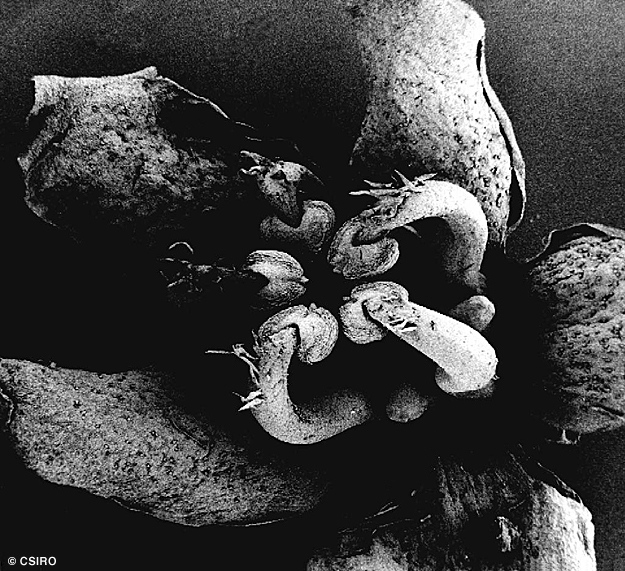
Mueller, F.J.H. von (1875) Fragmenta Phytographiae Australiae 9: 133. Type: In silvis montium pone Rockinghams Bay; Dallachy.
Ash, Northern Silver; Northern Silver Ash; White Ash; Silver Ash; Queensland Silver Ash; Ash, Queensland Silver; Ash; Ash, White; Ash, Silver
Inflorescence hairs stellate. Sepals ovate to suborbicular, about 1-2 mm long. Petals elliptic, about 5-9.5 mm long. Ovules 3 on each side of the placenta.
Cotyledons much wider than long, aligned in a vertical plane and held close to the stem, hairy on both surfaces. First few leaves simple, obovate. At the tenth leaf stage: leaflet blades elliptic, +/- glabrous on the upper surface, stalk of the terminal leaflet much longer than those of the lateral leaflets. Seed germination time 8 to 12 days.
The bark of most Flindersia spp. contains compounds of considerable chemical interest. Everist (1974).
This observation was imprinted on the author's mind by a story told to him by some aboriginal forestry workers in the Kuranda area. The story goes something like this: 'We found the sugar bag (native bee hive ) and cut it out of the tree it was in. Rather than put it on the ground and get it contaminated with dirt and pebbles, we stripped the bark off a Silver Ash (Flindersia bourjotiana) and placed the sugar bag on the clean, inner surface of the freshly stripped clean bark. Later on when we had eaten all the sugar bag we could see fairies floating through the rainforest.' Whether the hallucinations were induced by the exudates from the F. bourjotiana or from components of the sugar bag or from some completely unrelated source will never be known with certainty.
Formerly used in the manufacture of barrels (cooperage), cricket stumps, billiard cues and tool handles. Swain (1928).
Produces a very pale high quality cabinet timber which takes a high polish.
Wood specific gravity 0.64. Cause et al. (1989).





